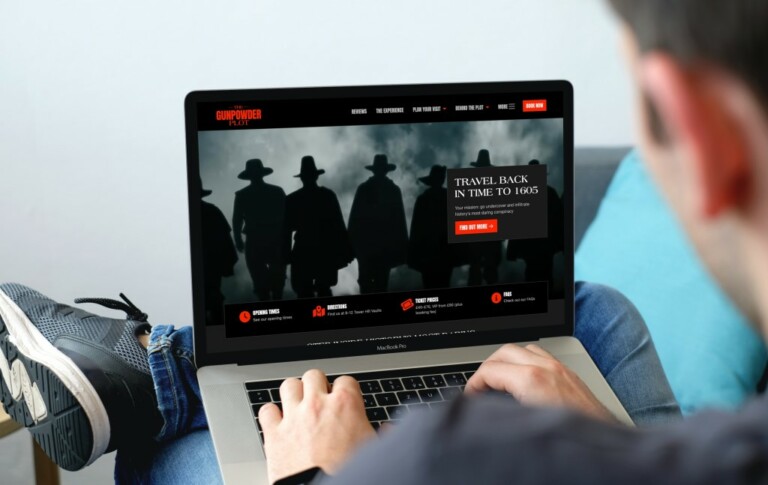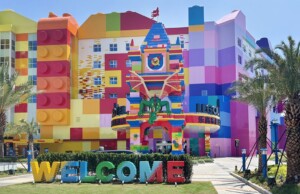Semantic, a company that designs and optimises websites for visitor attractions worldwide, has shared its insights on digital resilience and reflected on the continuing impact of the pandemic and how attraction websites can be powerful tools to help navigate an uncertain landscape.
The digital agency designs, creates and optimises websites for attractions across the globe, with a focus on increasing traffic, building reputation, and growing revenue. It recently launched the new LOOP platform, which provides attractions with an innovative approach to getting online or improving their existing online performance.
Neil Lewin, managing director of Semantic, explains: “Websites should be enablers. They are more than just marketing, they can help to transform the whole organisation.”
Websites, Lewin argues, should be easy to change, fast, and adaptable in order to offer the most benefit to an attraction. Whilst websites are often focused on pitching and making money, they can also offer a host of benefits for internal and external communications, operational efficiency, data insights, profile building, and enhancing the visitor experience.
Creating a great impression
Websites need to create a great impression, and act as a shop window for attractions – be they theme parks, museums, FECs, zoos or aquariums. Design is an important consideration in this, and can help attractions differentiate themselves from their competitors, as well as make the website fast and easy to use for both site visitors and team members.
Lewin recommends that attractions take the ten-second ‘first impressions’ test, where they try to get into the mindset of their visitor to understand what their problems are and what solutions they might be looking for. This will help attractions to understand how their brand can help.
He also suggests that attractions consider how their website clearly communicates their value proposition and highlights two points to consider. Firstly, visitors might not come from the homepage, and secondly, most will be new or infrequent visitors to the site.
Accessibility should also be a high priority. Lewin suggests that attractions should aim to conform to at least level AA in the Web Content Accessibility Guidelines (WCAG) 2.0.
He notes that attractions should:
- Bear in mind colours, contrast, font sizes, layout
- Use the WebAim Wave accessibility tool to audit key pages
- Remember to include alt-text, captions and descriptions
- Check with your web devs that navigation and templates are accessible
Showing your value
Websites offer great opportunities for attractions to describe their value. “They can convince potential guests to part with their cash,” says Lewin, “and answer the key question, is this attraction interesting or worthwhile for me?”
This can be achieved, he explains, by crafting a compelling story and mission with balanced messaging which speaks about your brand, and gives details on any heritage, charity or conversation angle.
Other tactics for creating a resilient website include targeting different audiences, for example using tailored landing pages, adding seasonal content (such as Halloween events), and utilising dynamic offers and initiatives.
Optimising the user journey
A website can support an organisation’s resilience, Lewin says, by collecting robust data. Analytics can provide attractions with cross-domain tracking, goal tracking, event tracking, and e-commerce data, for example, to provide a comprehensive understanding of the visitor journey and deliver actionable insights.
Semantic recommends the LIFT Model, which is a testing and conversion framework for web and mobile experiences. This model considers six factors, relevance, clarity, distraction, anxiety, urgency, and value proposition, and helps organisations to better understand the goal of the page and the flow of their website (whether per page or in its entirety) while removing some subjectivity.
Mobile payments, Lewin adds, are another important consideration in optimising the user journey. Whilst mobile payments have become a ubiquitous aspect of an online experience, attractions can improve these transactions with added functionality such as Klarna, which enables customers to spread the cost of their purchase.
Finally, he recommends that attractions run surveys and user testing to better understand how they might improve their visitor experience. Services such as Hot Jar, User Feel, and Try My UI offer insights which go beyond what visitors do on an attraction’s website, and help them to interrogate why.
Semantic recently shared some insights on how attractions can stand out from the crowd, stay fresh, and encourage repeat visits.

















